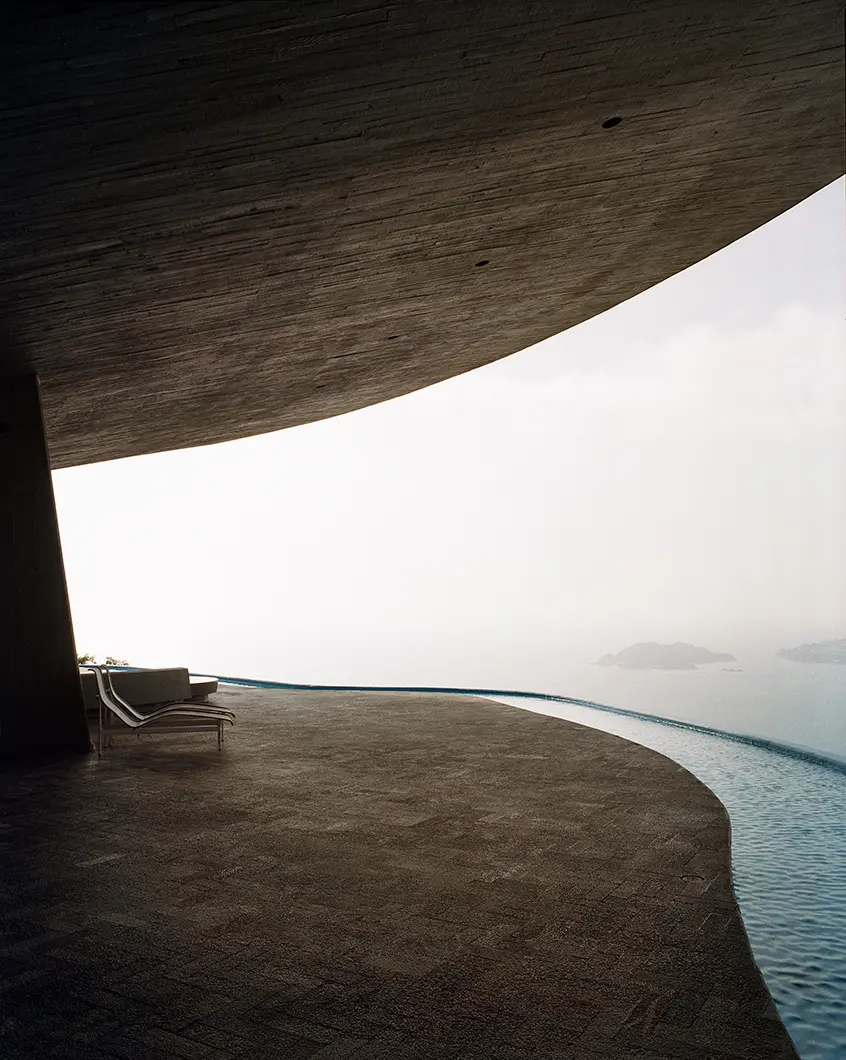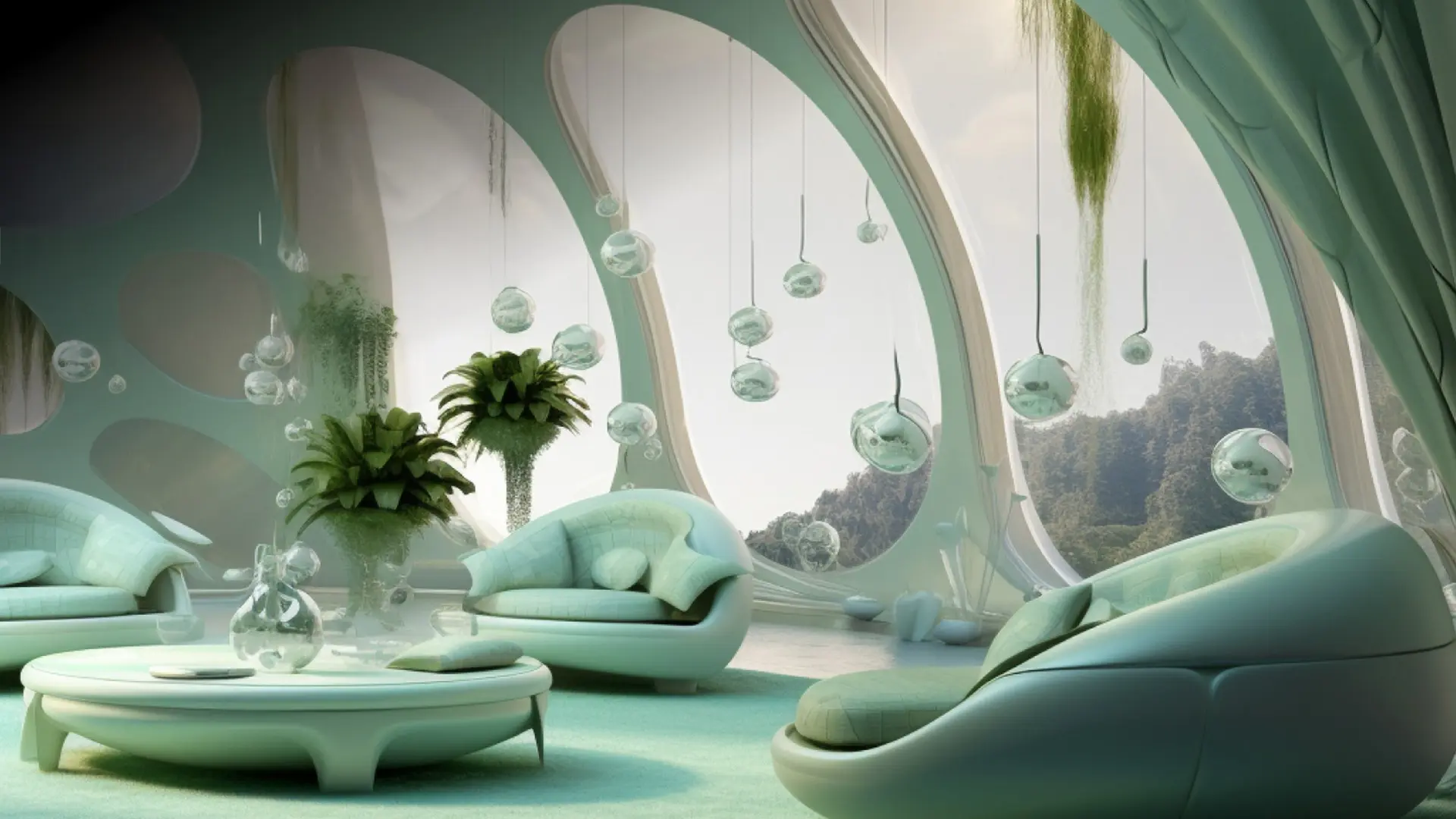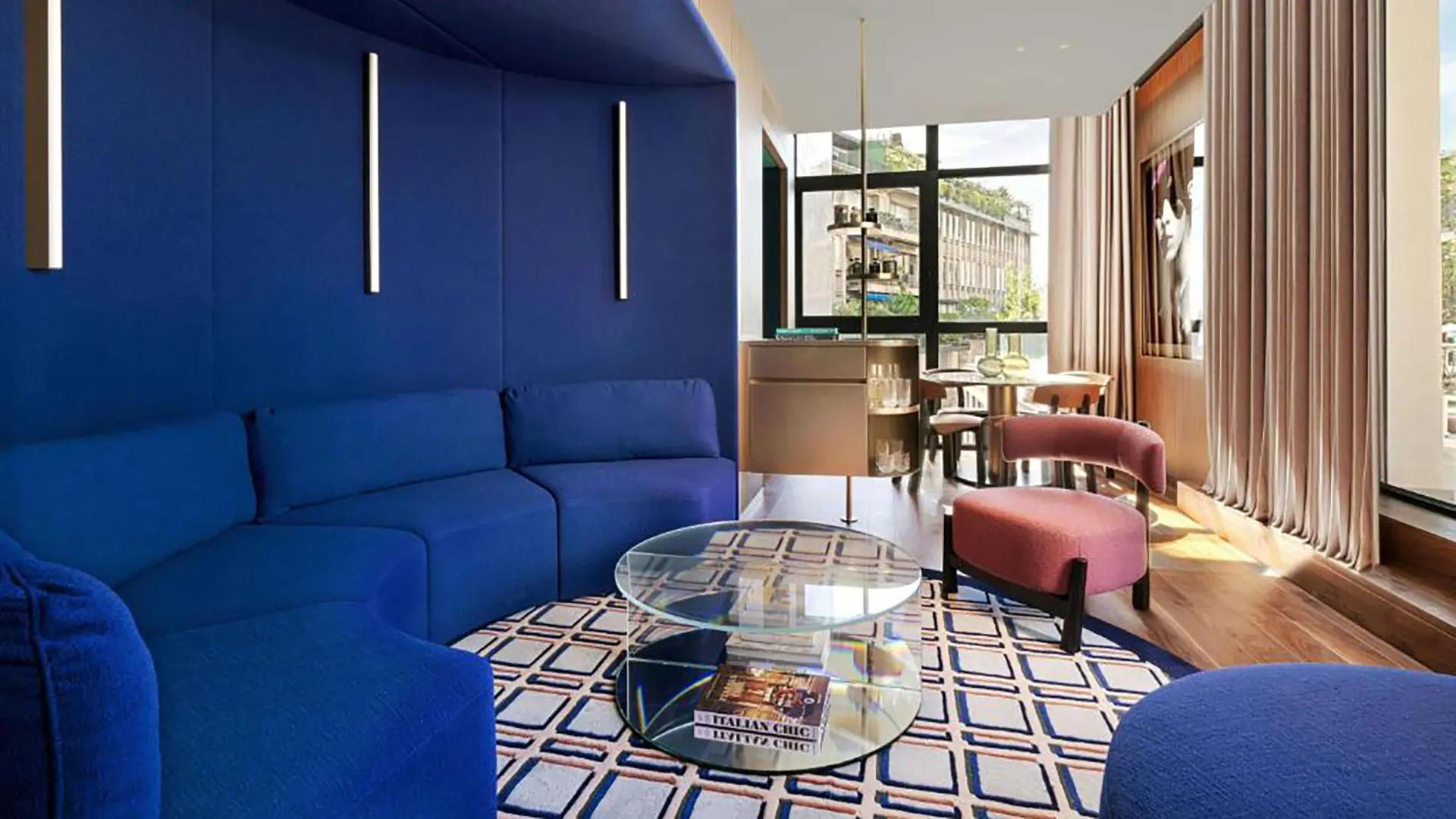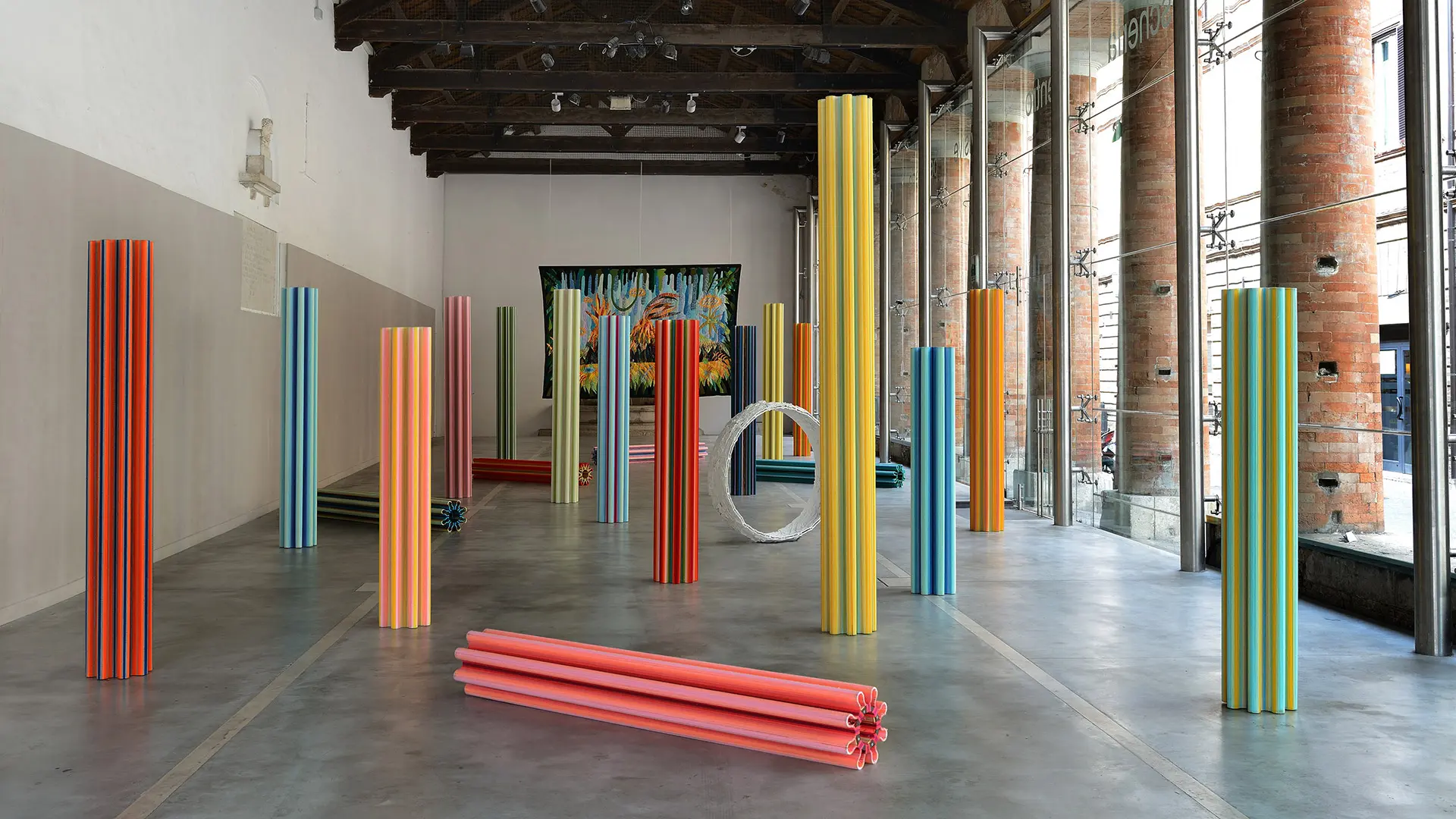From the Tokyo Design Awards, to the NY Product Design Awards & Architectural Design Awards, Best in Design, the NEB Trophy Design Competition, the Good Design Awards® and the Africa International Design Awards (AIDA), all the international news not to be missed in 2026
Interior Voyages: through the lens of Matthieu Salvaing
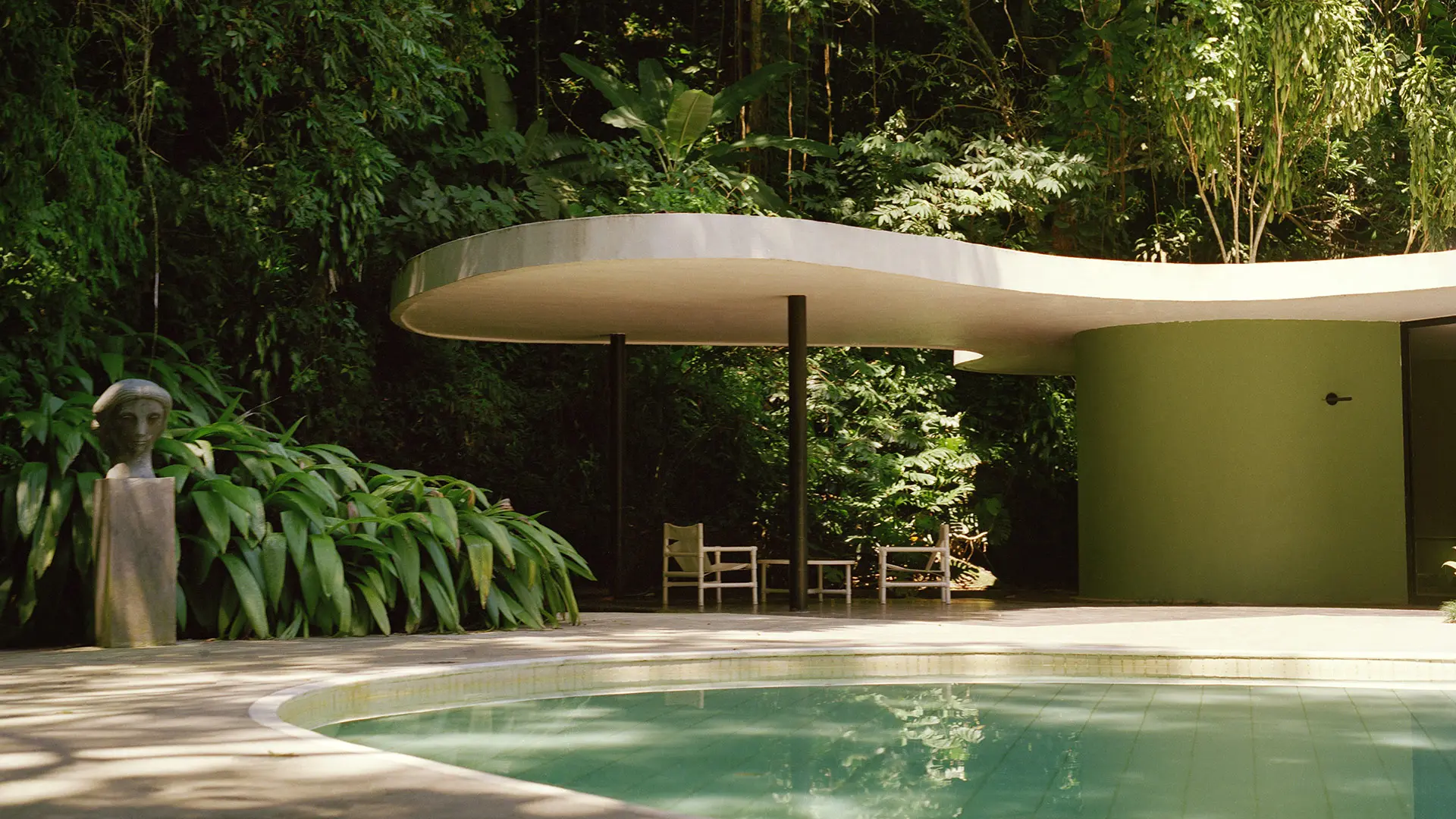
Oscar Niemeyer realizza nel 1953 Casa das Canoas: un vero capolavoro, un dialogo aperto tra l’architettura fluida e la natura circostante
The celebrated photographer tells us about his latest publication, which explores the houses that have marked out the history of design, from Gio Ponti to Oscar Niemeyer. A journey that captures the spirit of these places
“I’ve spent most of my life travelling. Even when I was very young I was fascinated by the world of photography, which took me to iconic architecture and buildings. Then I went home, to Paris, and I started taking shots of interiors. That was precisely when I asked myself ‘why’? Why this style? Why this colour, this furnishing, this particular shape of house? What’s the relationship between the things and the people?” This is how the photographer Matthieu Salvaing begins his story, rather in the manner of a chronicle, in which the details, the colours, the decoration and the objects that breathe life into the interiors speak the language of their inhabitants. “Interior Voyages answers these questions. It’s not a book about the houses but about the identities.”
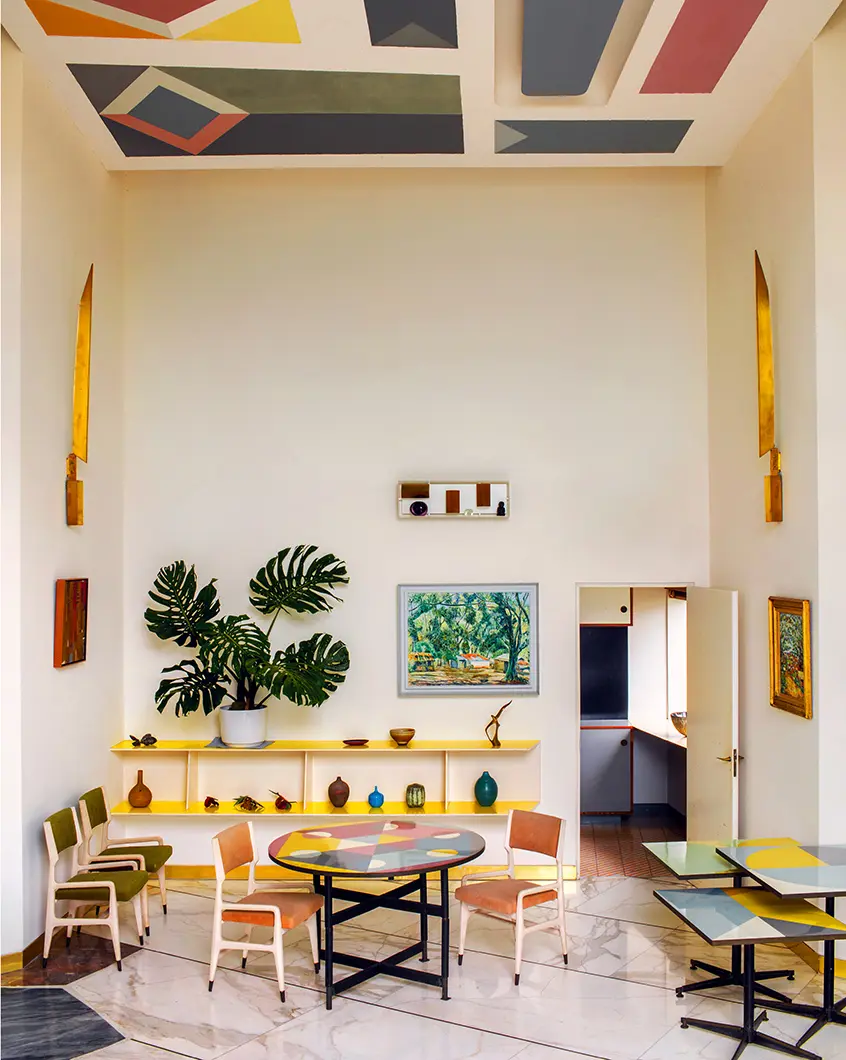
Una delle opere più importanti di Gio Ponti, Villa Planchart a Caracas, realizzata su commissione dei coniugi Anala e Armando Planchart.
Salvaing’s career began at the tender age of 16, when he embarked on his first photo reportage in Andalusia. Hard on its heels came an experience that was to leave an indelible mark on his life and career – his collaboration with the architect Oscar Niemeyer, a mentor who passed on his passion for architecture to the young photographer. The book carries a special dedication to him: “He still shines like a beacon, always showing me the path.” “Thanks to Oscar Niemeyer I learnt that every detail tells a story,” he continues. “It’s vital to know how to capture the elements that are invisible to most people. One such example is Luis Barragán. He’s now regarded as one of the great architects, but he was misunderstood for ages. Because in order to understand how brilliant he was you have to study the light, the colours, even the height of the walls is not casual. Everything revolves around his religious faith, his spiritual energy. That’s why the relationship with the architects underpins my work.”
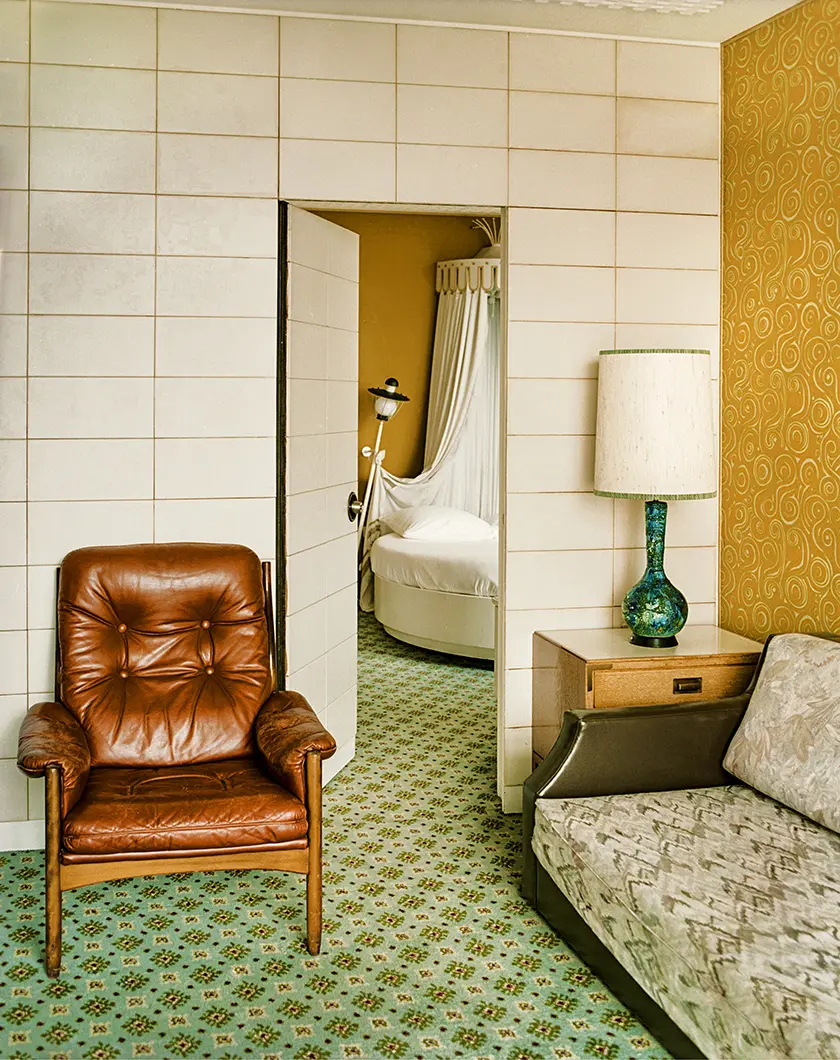
L’Hôtel Ivoire, inaugurato nel 1963 e costruito dall’architetto Moshe Mayer per volere del primo presidente della Costa d’Avorio, simbolo della rinascita del paese.
Like a scientist, Salvaing was interested in anthropology. A few shots zoom in on the focal points that characterise not just a space, but a place, a culture, capturing the essence of the people hidden behind inanimate objects. “My work is investigative, before the interior there’s the individual. One of the most complicated aspects of my work is precisely that, managing to strike up a good relationship with the owners. One often comes across very reticent clients, who are difficult to engage with, it’s a real challenge. However, as soon as you understand the person, you understand everything about their home. All this is encapsulated by the first house in the book, the one I found most fascinating: Balthus’s chalet. Capturing the essence of Japan in a Swiss chalet, with its paintings, notes, and walls that smell of wood. Then you meet Balthus’s daughter, so elegant she could be in a film, in which everything’s been thought through down to the last detail. In this sense, I’m very attached to the world of cinema. Every time you take a snap you find yourself on a different set, catapulted into another world. Like when I shot the set for In the Mood for Love. Working in Hong Kong was a crazy experience. I felt exactly like in Lost in Translation. The filmmaker Wong Kar-Wai’s location is super-secret, in fact I had to work at night. As soon as I finished photographing, they dismantled everything, as if it had never happened, the interior had never been there! I could scarcely believe it!”
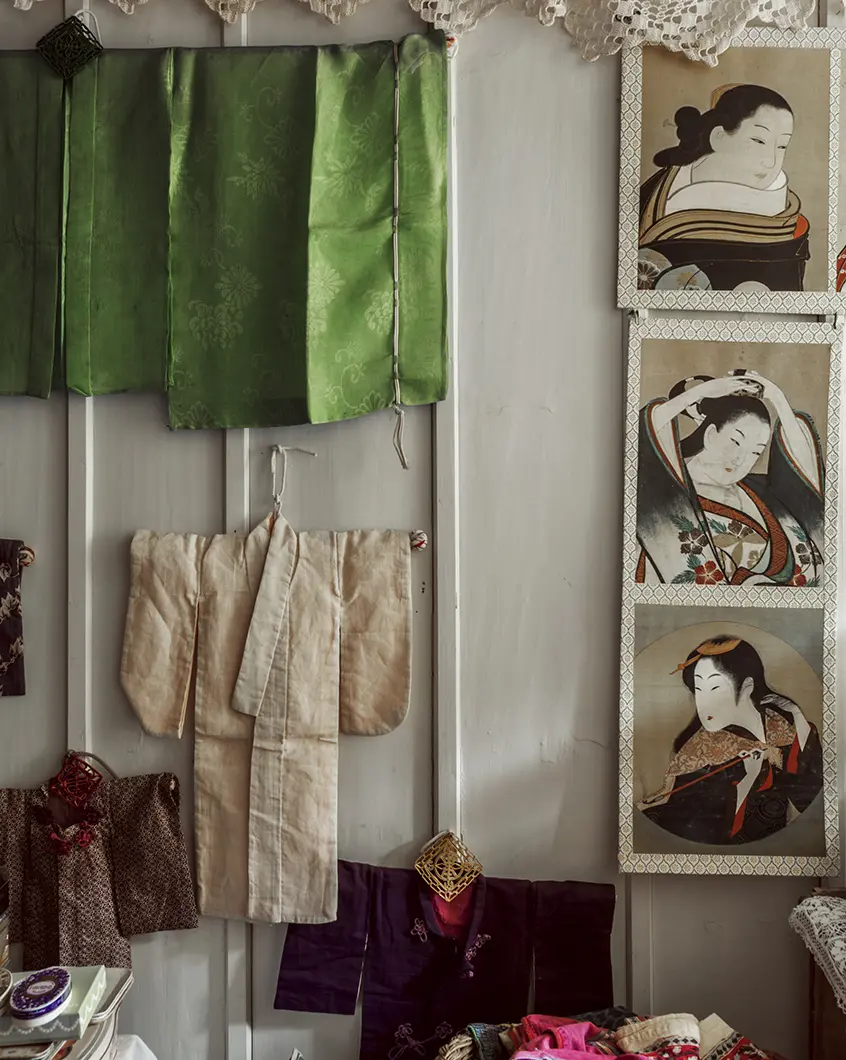
Costruito nel 1750 per Jean-David Henchoz, il Grand Chalet in Svizzera fu acquistato dal pittore Balthus nel 1977.
Unswayed by contemporary fashions, eschewing a universal aesthetic, Matthieu Salvaing highlights the differences, choosing to show us interiors that speak different languages, featuring the artist Carlos Páez Vilaró’s sculpture/home next to the Scots Victorian highland home steeped in royal history, and the Palácio Quitandinha, a symphony of Baroque and Art Deco, down to the tropical oasis belonging to Frank Sinatra and Mia Farrow. The book deliberately takes unexpected turns, sparking amazement and wonder. “We’re in the age of globalisation, which has its pros and its cons. One of the negative aspects is certainly that of homogenisation. Often, when I travel, I find myself in places that are non-places, that speak no language, I could be anywhere, from New York to Japan. With this project, I wanted to rediscover the essence of the different cultures, the habits, the customs, the characteristic traits that make a place unique. For me it’s crucial to find out about the traditions and past of a place. I realise that this is a sort of mindset that’s out of step with modern times.” It is these subtleties that make Salvaing’s work stand out from that of photographers overly focused on technique, constantly striving for the perfect shot, taking photography onto an emotional level in order to immerse the viewer in his poetic and nostalgic places. Capturing the spirituality of Auroville, allowing us to breathe in the fascinating natural scenery surrounding Casa Pueblo and relive the tortured love story behind Wong Kar-Wai’s emotional masterpiece.
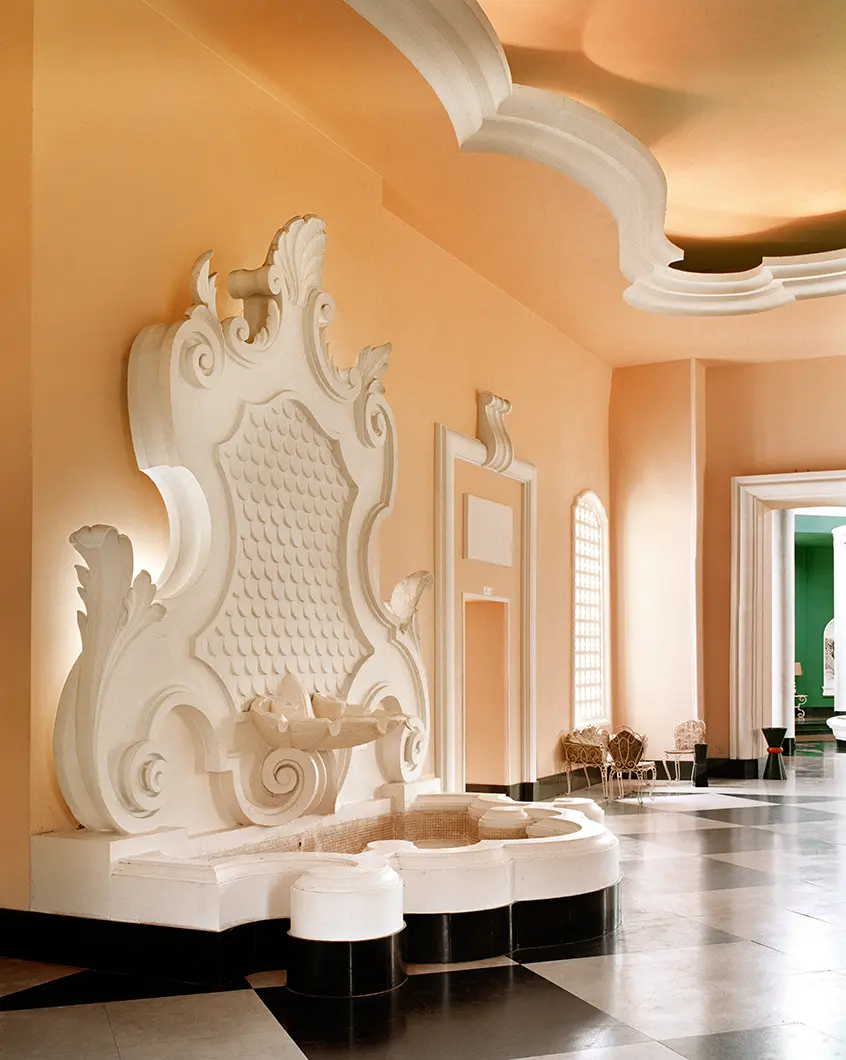
Costruito nel 1944 da Luis Fossai e Alfredo Baeta Neves a pochi chilometri da Rio de Janeiro, Palácio Quitandinha porta la firma dell’iconica designer Dorothy Draper.
Interior Voyages doesn’t just illustrate, nor does it just describe; it’s not just a book about beautiful things, but a passionate narrative from someone who knows how to look at the world and allows himself to be moved by it. An experience in the round that goes further than words ever could, as the preface “If not in words …” declaims. Matthieu Salvaing honours memory, even depicting its fragility because it is made of ephemeral details, often overlooked, yet ennobled by the passage of time. A fabric, a picture, a shadow, a door. A search for the unique and the exceptional. “I am very lucky because I’m honestly doing what I love. It’s a privilege to be allowed to see these wonderful things and to tell these stories. Advice for the younger generations? Be consistent and do not lose your identity, because it’s the most precious thing you own!”


 Stories
Stories
